While Mercedes-Benz was busy revealing five production and near-production electric vehicles at the ongoing Munich Motor Show, BMW’s attention at its home expo was placed firmly in the far future. The company is exploring the concept of sustainability and a circular economy, with its main exhibit being the aptly-named BMW i Vision Circular – a whimsical compact car concept designed for the year 2040.
Producing zero-emission electric vehicles is all well and good, but carbon neutrality is about so much more than that, says BMW. In addition to using renewable energy at its factories, it is also looking at increasing the use of recycled or “secondary” materials – the amount of reused materials in every BMW is set to increase from the current 30% to 50% in the near future.
But the i Vision Concept goes much further than that – the aim is to develop a car that is made out of 100% recycled materials and is 100% recyclable. This is achievable through the use of certified bio-based raw materials and the aforementioned secondary materials, with even the solid-state battery being able to be fully recycled at the end of its life and using far fewer valuable resources.
To do that, BMW rethought the entire design process of its cars, structured around four principles – Re:think, which reevaluates the processes and manufacturing technologies of each vehicle by taking into account the end of the product’s lifecycle, as well as the familiar Re:duce, Re:use and Re:cycle.
This wedge-shaped hatchback uses these concepts to pare back the design while keeping the traditional BMW styling cues. At the front, the trademark double kidney grille and quadruple headlights have been merged to form a single graphic, dispensing with the usual chrome trim. A linear illuminated graphic brings those iconic features to life and is repeated throughout the car.
Elsewhere, the deep central bonnet channel (which houses the driver assistance sensors and can be easily disassembled) features an engraved BMW roundel on its aluminium surface, while the model badge is also laser-etched; both these elements eliminate the need for separate enamel and chrome emblems. Further down, the recycled plastic chin spoiler features a distinctive “marbled” look similar to chopped carbon.
Along the side, the Vision Circular features a simple one-box profile and clean side surfacing, along with car-forward proportions that give the car a more dynamic aesthetic. This is enhanced by the wheels, which are pushed to the far corners of the car and sit within prominently flared wheel arches for a strong stance. The flush glazing features an illuminated Hofmeister kink with the same line graphic as the front – it can be used to show vehicular information and guide users towards the openers for the suicide doors.
Moving to the rear, you’ll find a dark glass tailgate with integrated taillights (again with the line graphic), a central antenna/brake light fin, a concave lower section and jutting recycled plastic bumpers. The exterior surfaces are mostly made from recycled aluminium and forgoes a paint coating in favour of an anodised gold finish. The steel rear end has been blued using a heat treatment to provide a contrasting gradient.
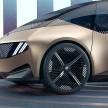

The sustainability aspect extends to the tyres, which are made from certified natural rubber with specks of coloured recycled rubber that add strength and provide a terrazzo effect. They wrap the slatted aerodynamic wheels which have been designed to minimise material use, with a hollow centre aiding brake cooling. The rollers are attached using amusingly-named “joyful fusion” fasteners which are also found elsewhere.
Inside, the theme continues with the use of raw materials and new joining techniques that eliminate the use of glue – simplifying the dismantling and sorting of components. The parts and materials are 3D printed to minimise waste and offcuts, with what little surplus material being fed back into the production cycle.
The cabin has been designed to be light and airy, with an unusual taupe colour scheme mixed with bits of grey, anodised gold metal trim and a mint green floor and side panels. Taking centre stage on the V-shaped dashboard is a massive 3D-printed crystal, illuminated with a nerve-like structure underneath; users can interact with the structure. It is framed by sustainable wood and anodised aluminium.
Instead of the usual screens, information is projected onto the bottom of the windscreen, spanning its entire width. The driver can manipulate this head-up display using touchpads located on the steering wheel which, by the way, is 3D-printed using bio-based materials such as the wood powder shown here. The “Shy Tech” first seen on the iX SUV is featured on the Vision Circular as well, with hidden-until-lit haptic touch controls that give rise to a rather unfortunately-named “phygital experience”.
Inspired by modern furniture, the seats feature an anodised aluminium frame, as well as seat shells and a velvet-like fabric upholstery made from recycled plastics. The pews also feature the “joyful fusion” quick release fasteners that can also be found on the dashboard, making disassembly easier; at the rear, the upholstery is woven onto the frame using a cord. Individual headrest speakers let each occupant listen to their own music, while the omission of a centre console heightens the impression of roominess.
Also helping to lighten up the cabin is the large glass roof, with the windscreen header pushed far back (à la Citroën’s Picasso models) providing an open air feel for the front passengers and a slim mechanical shade for rear passengers. The latter uses two sliding glass panels with the same linear graphic as the exterior, providing up to 100% shading and requiring no increase in roof height.
On the doors, the illuminated Hofmeister kink is repeated on the inside and houses the window switches, door openers and roof sunshade controls. This forms the only electronic component on the doors, making it easy to remove as a single module. In the C-pillars sit lamps made out of the iX’s glass iDrive controller.
The circular concept doesn’t just apply to the materials – the Vision Circular also features bidirectional charging capability, enabling it to feed energy back into the grid to help it meet peaks in power demand. The car can also upload data from its sensors to the cloud (with the user’s consent, of course), enabling vehicle-to-everything (V2X) communication that provides more precise traffic flow and traffic light information for more efficient driving and speed recommendations.
Speaking of driving, the Vision Circular uses sounds created by famed composer Hans Zimmer and BMW Group’s creative sound designer Renzo Vitale – the duo have previously worked on sounds for production BMW i models such as the i4 and iX. They experimented with samples and loops of sound elements from outside and inside the car, creating a new spectrum of sounds inspired by the Vision Circular itself.
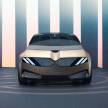
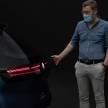
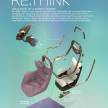
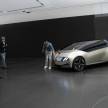

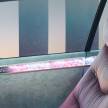
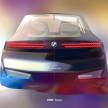

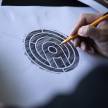

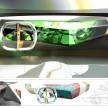

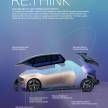
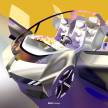
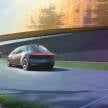

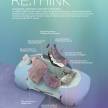
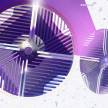
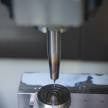

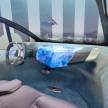
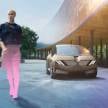

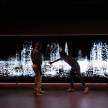
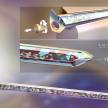
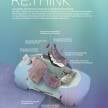
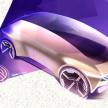
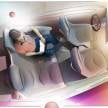


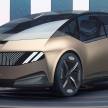
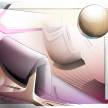

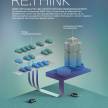

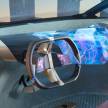
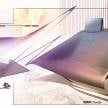
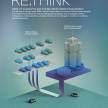

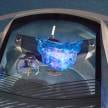

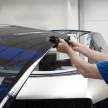

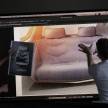

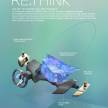

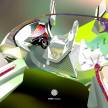

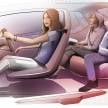
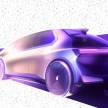
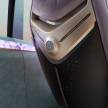
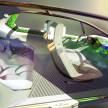
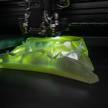

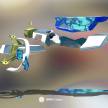
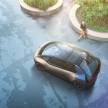

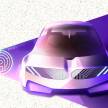



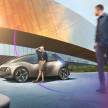
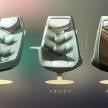
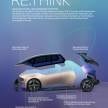
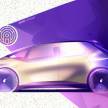

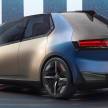
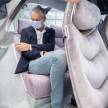

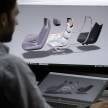
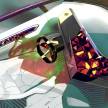
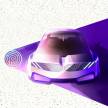
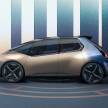
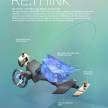
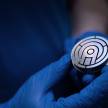
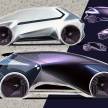
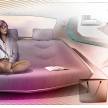


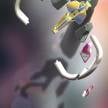
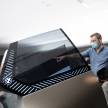
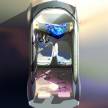
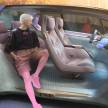
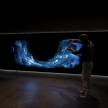
The post BMW i Vision Circular revealed in Munich – fully recycled and recyclable electric city car for 2040 appeared first on Paul Tan's Automotive News.

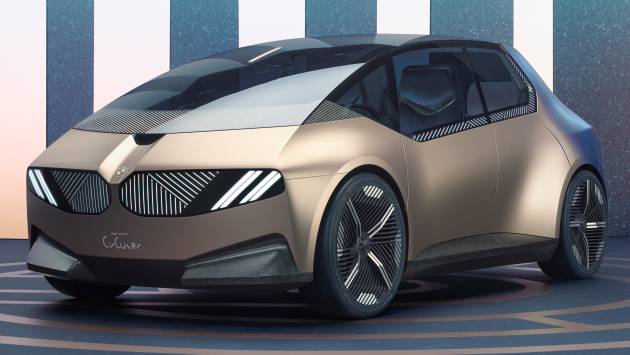

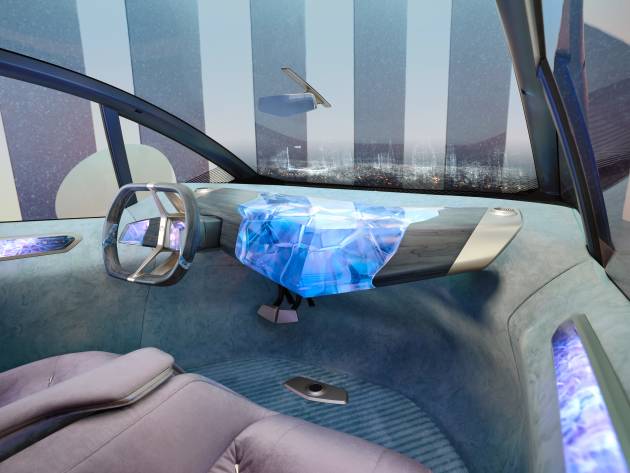
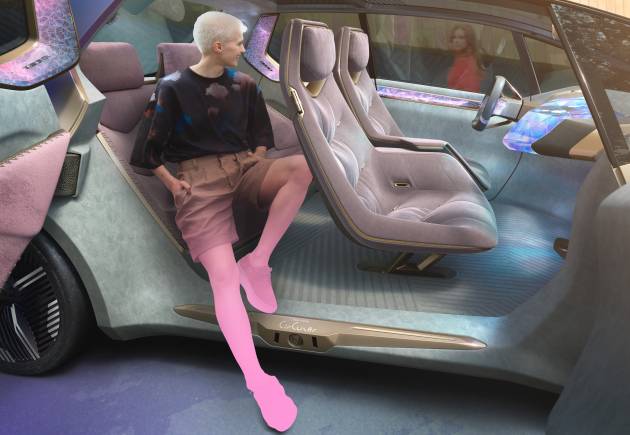
0 Comments